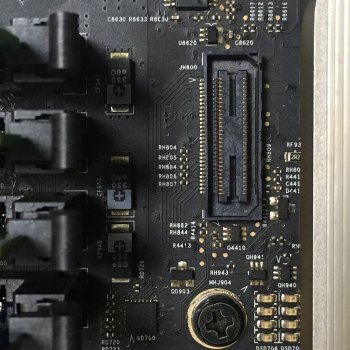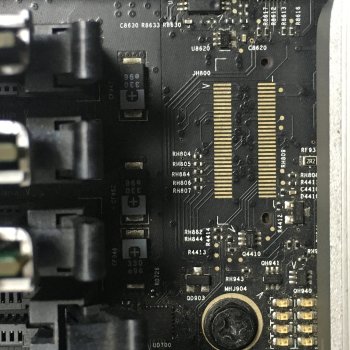Thank you. I have heard good info.Yes, no problem. A dual CPU tray can only work with one CPU if you install to CPU A.
After this I will verify with CPU-A only on a dual-processor board.
My concern with the single processor board was the contact between the (once removed) heatspreader and the CPU die. I adjusted them by placing thin steel plates between them. This caused poor thermal conductivity, which I thought could have caused the CPU to overheat quickly.



